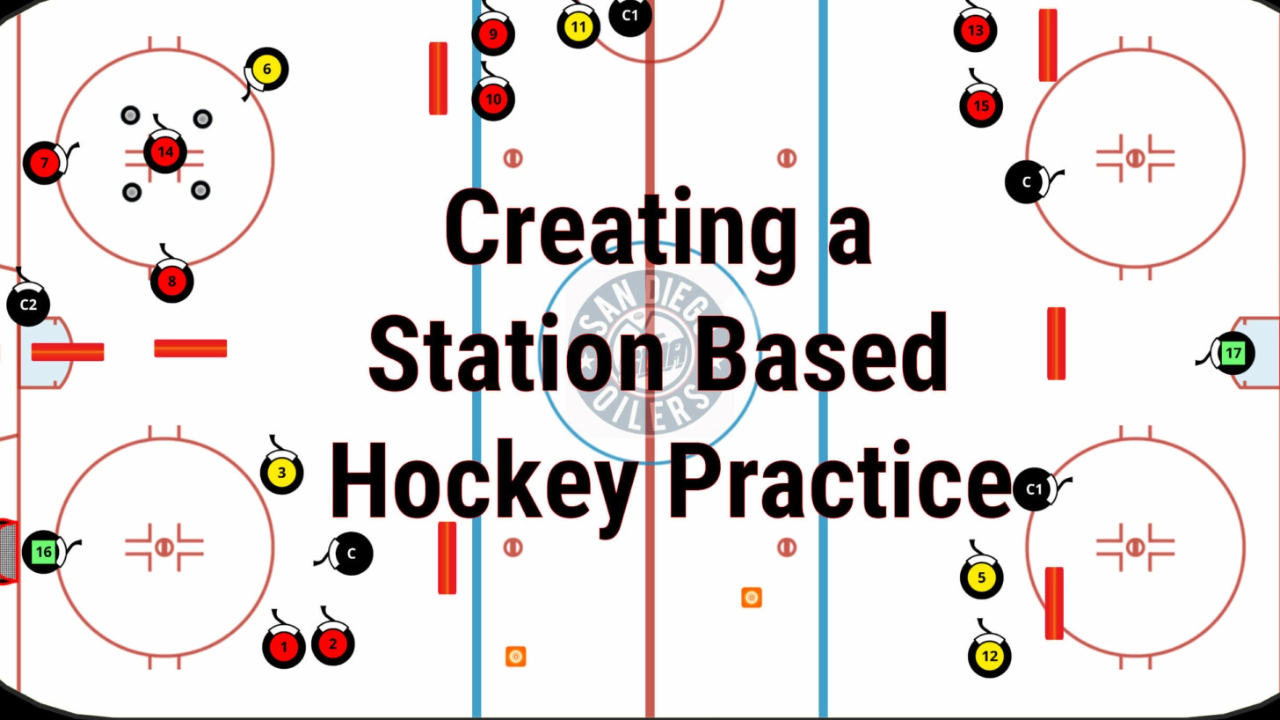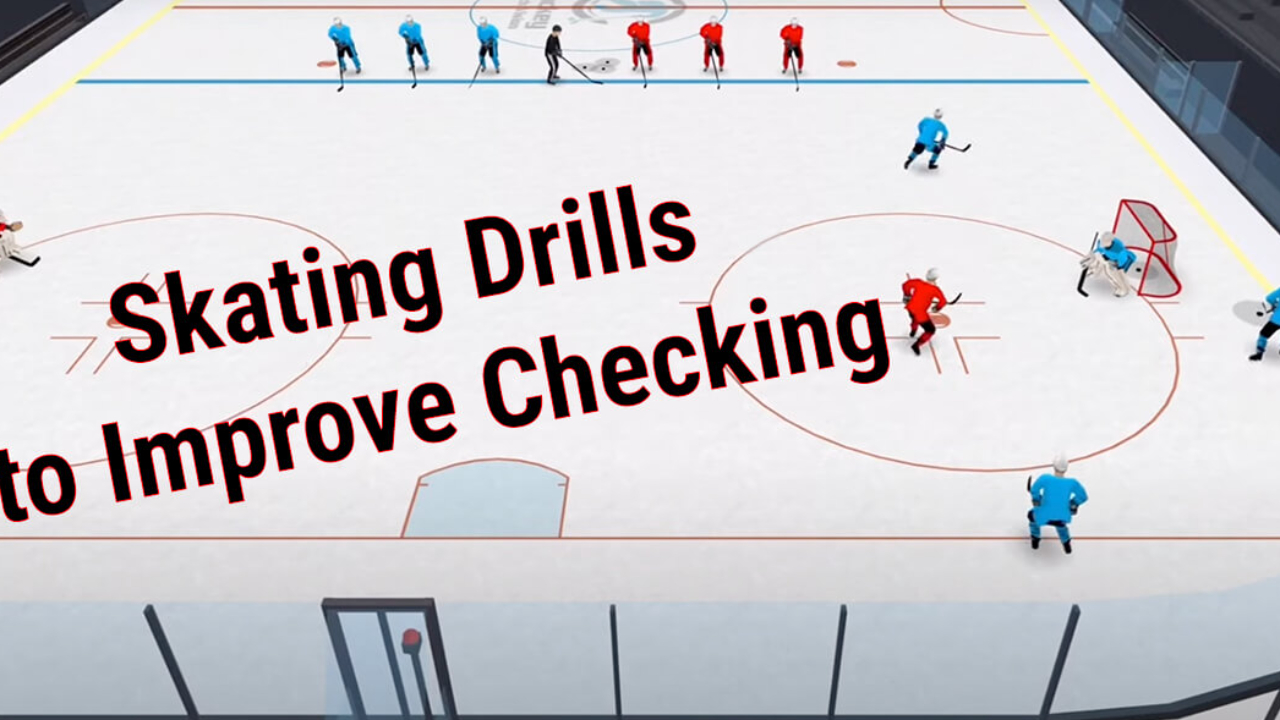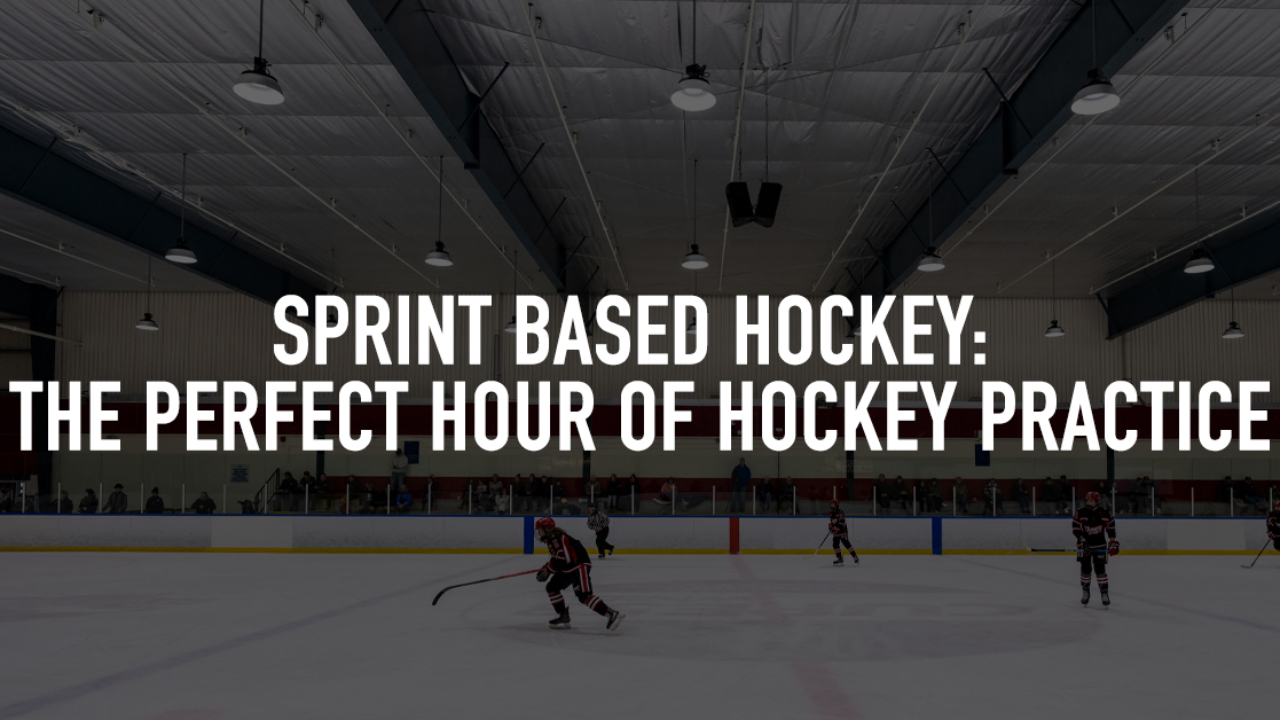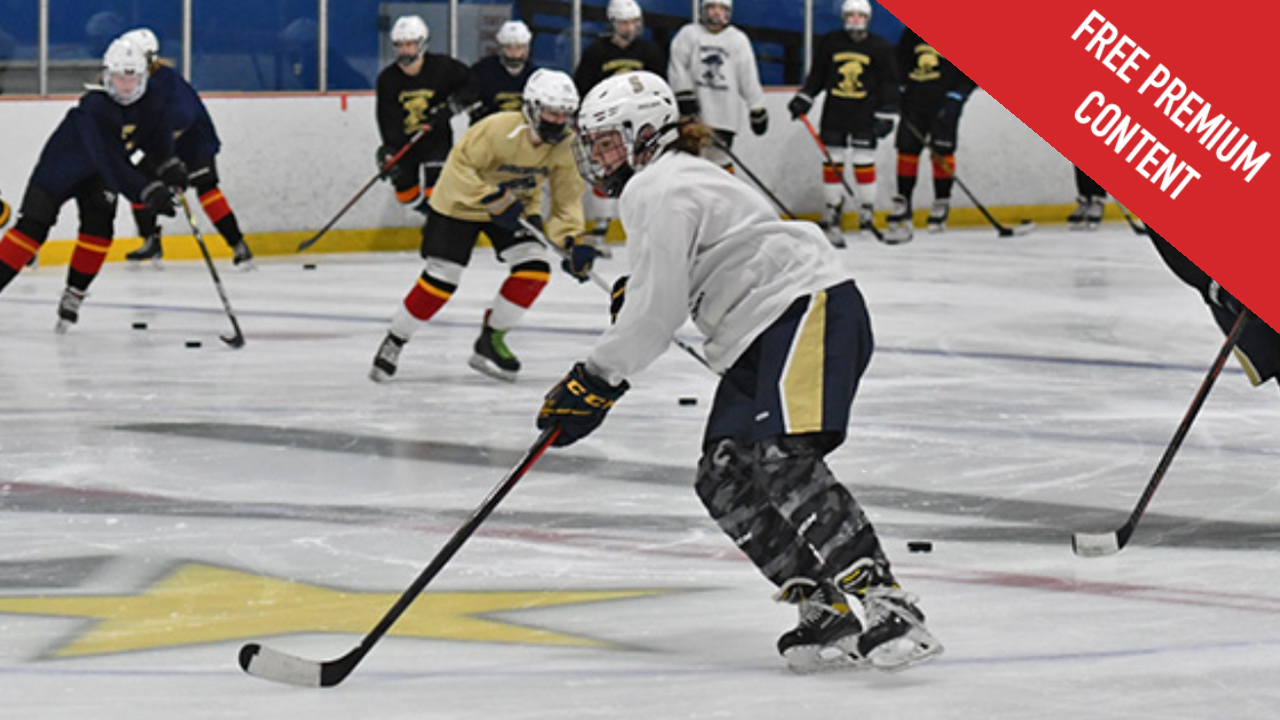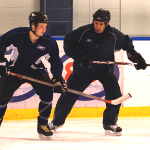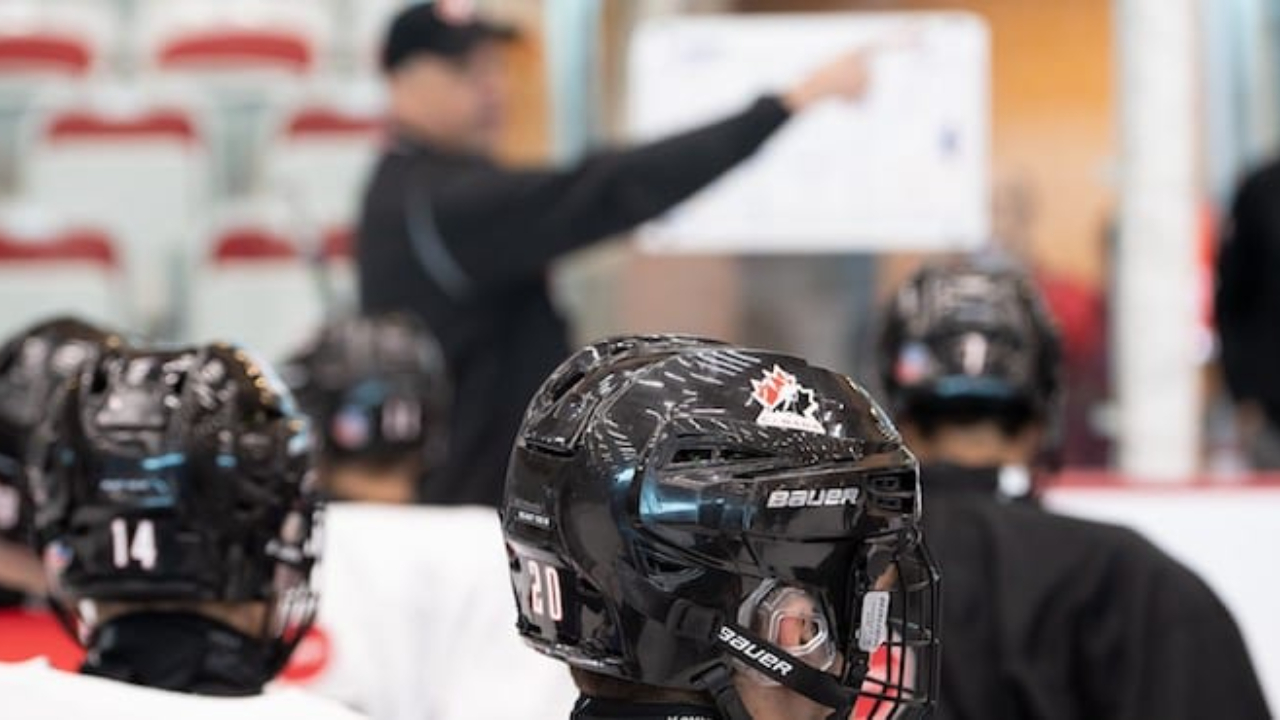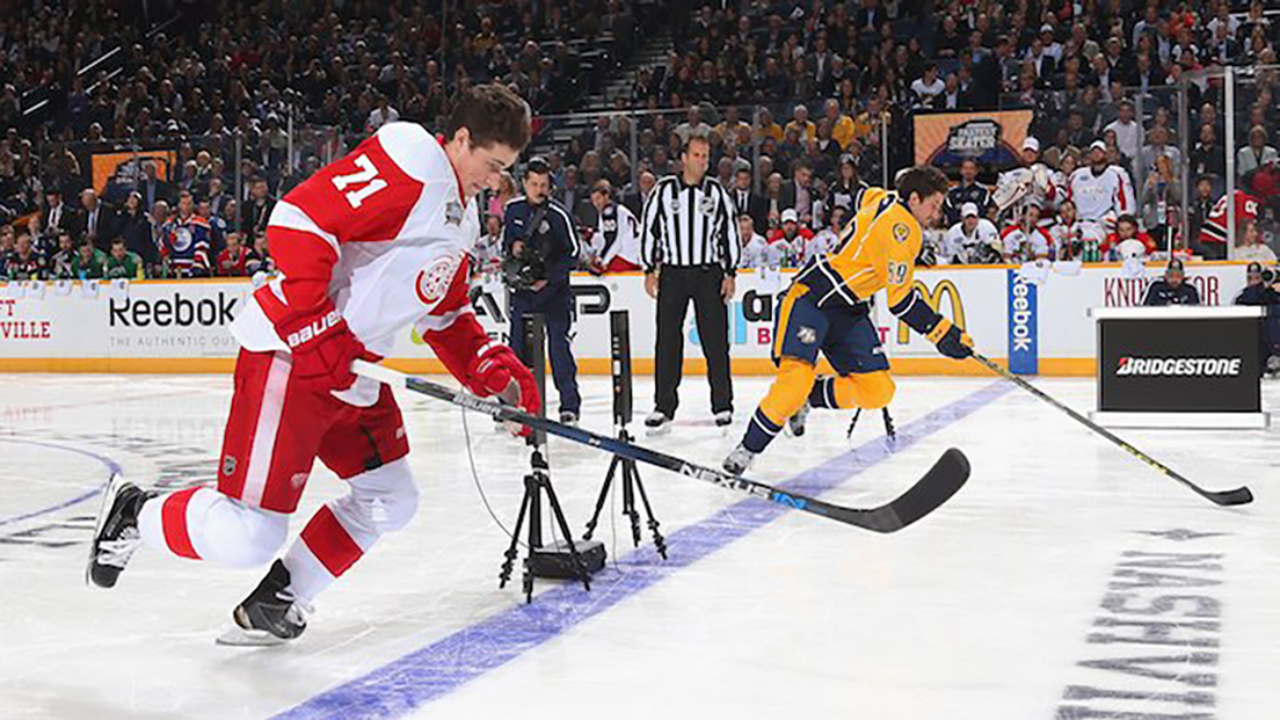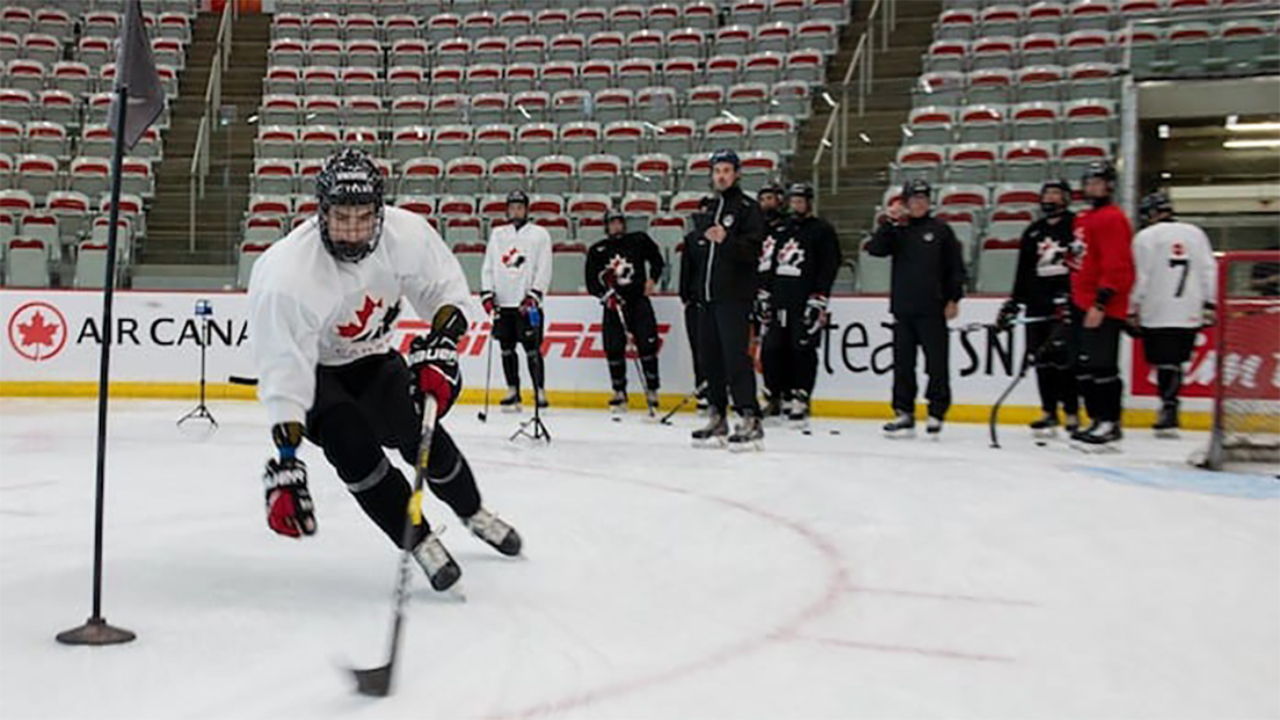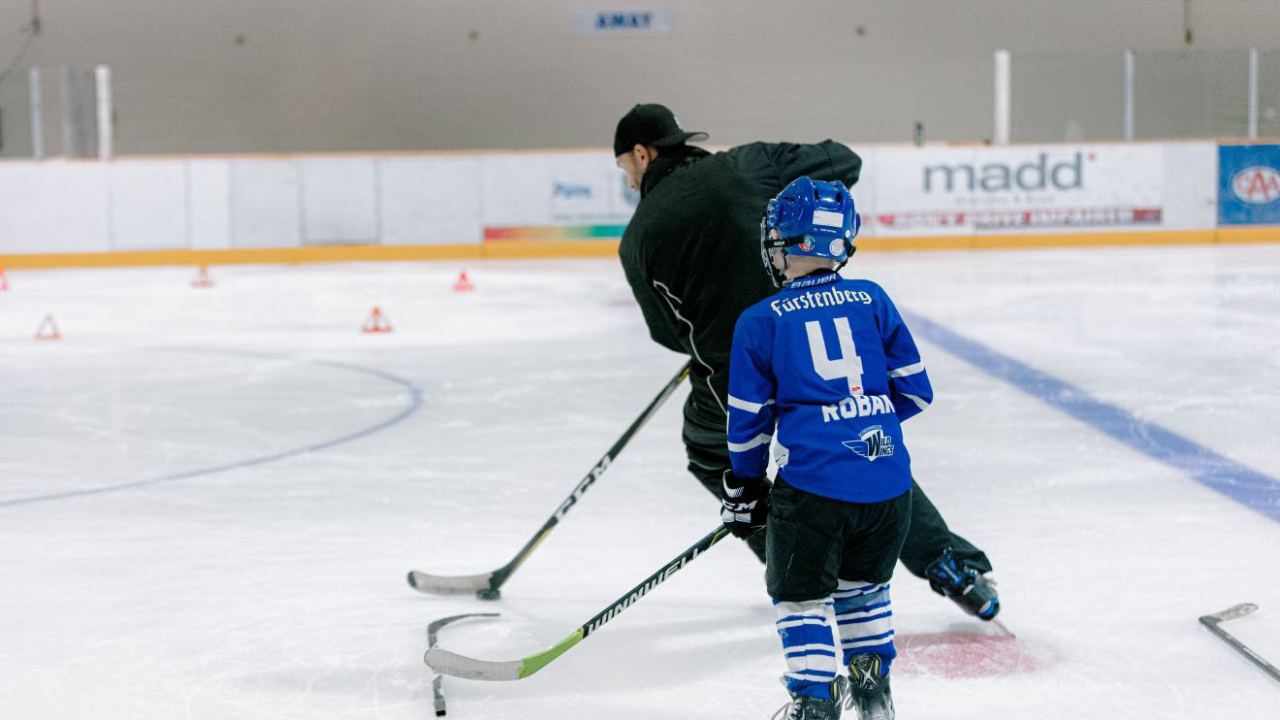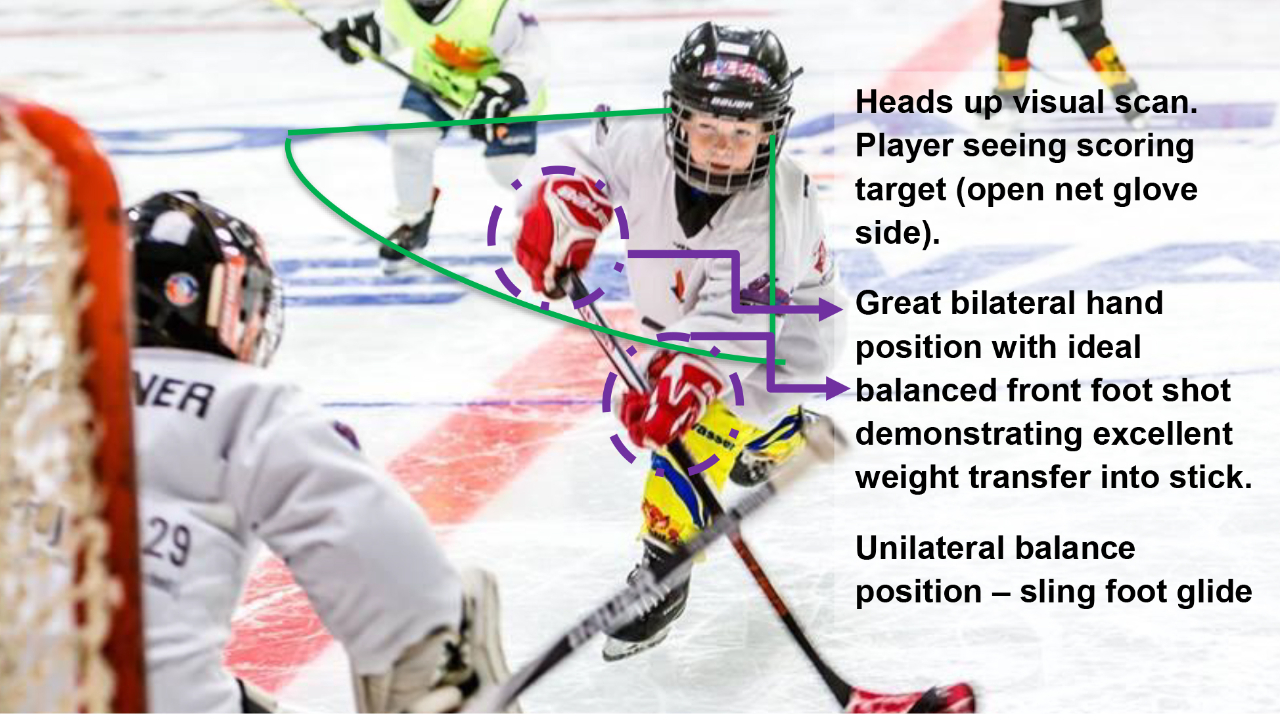
In my work mentoring coaches, I often hear that their drills have become stale, and unproductive. Furthermore, the players are not motivated by the drills selected. Worse yet, neither the learning player nor the coach can find the "real-world" application of the drill. The opportunity for skill acquisition and transferable learning is, unfortunately, lost.
This common problem can be addressed by creating or selecting more useful, more dynamic, more game-like, and more engaging activities for players.
Below are some strategies to help bring value to practices, increase intensity and effort, and incorporate fun and competitive elements into practice.
1. Integrate Small Area Games (SAGs):
- Rationale: SAGs replicate game-like situations, making drills more dynamic and relevant. They require decision-making, demand attention, drive focus and awareness and offer repeating skill trials with multiple reps.
- Implementation: Dedicate 25% of practice to SAGs. SAGs are activities that are open-ended, and efficient, and they encourage players to think and react quickly, similar to in-game scenarios. They teach through discovery and although learning is implicit it is supplemented by the coach adding specific directive information and cues as well as general feedback on effort and engagement.
2. Add Skill Progressions Through Constraints and Conditions:
- Rationale: Add constraints to closed-ended drills to create more realistic game scenarios. Progressions and manipulations to these rehearsals of skill better enhance skill development through a gradual but deliberate ratcheting up of difficulty. Learners are motivated by tasks at the edges of their competence.
- Implementation: Allocate 15% of practice time to activities that involve this type of practice. Progressions of fundamental skills are deliberate and often structured with a single result.
- Modify traditional drills by:
- Adding or reducing player numbers (e.g., 1vs1, 2vs2, 3vs3).
- Adjusting the size of the play area. Make it larger or make it smaller.
- Introduce specific rules or requirements. Changing the situations and elements often requires skills to be adapted by the learner. This is learning in action.
- Use or place barriers, obstructions or equipment to challenge and cause the player to shape their skill sets and adapt their application.
- Set a time limit, count down alarms or implement repetition goals. It's always fun to race against the clock or a standard.
- Keep score, adding a competitive element to the activity.
- Add pressure from chasers, checkers, or instructors/coaches. This transforms space and time available and demands speed.
3. Intensity and Effort Adds
(a) Highten Activity Rate and Frequency Requirements:
- Rationale: High-intensity drills keep players engaged and simulate the fast-paced nature of actual games.
- Implementation: Focus on movement, and discovery rather than lengthy explanations. Let the game teach. If a drill takes too long to describe, it likely needs amendment and simplification. Prioritize drills that involve continuous motion and minimal downtime.
(b) Short, Clear Instructions:
- Rationale: Clear and concise instructions help players understand and execute drills more effectively.
- Implementation: Teach the skill, not the drill. Ensure instructions are straightforward, succinct and focused on key execution points. Use cue words, analogies and understandable terminology...but not too much confusing jargon.
4. Adding Fun and Competitive Elements
(a) Fun Components:
- Rationale: Making practice enjoyable increases a player's stimulus and drives concentration, and attention and supports skill learning.
- Implementation: Include activities that players find fun, such as:
- Skill simulations that require minimal equipment and space.
- Partner activities that promote intangible skills like communication and leadership development.
- Drills that encourage creativity and self-expression.
(b) Add the "Contest Factor":
- Rationale: Competitive elements drive players to push themselves and improve. Use standards but avoid comparisons.
- Implementation: Introduce competitive aspects by:
- Keeping score in drills and small area games.
- Setting success criteria (e.g., completing a certain number of passes or goals).
- Encouraging friendly competition among players.
Practical Example (see above pictured): Partner Stick Catch Drill
Objective: This drill focuses on heads-up skating on ice awareness, ideal posture, quick starting mechanics and reaction time.
Setup (Key Execution Points):
- No equipment is needed, just a small area on the ice.
- Players face each other and take turns trying to catch and grab their partner's stick placed upside down on opposite sides of the body.
- Start with partners standing close to each other about 1 stick length. Get into the ideal "power position". Begin on eye contact and head nod or verbal "Let's go".
Progression:
- Gradually increase the distance between the partners.
- Introduce additional requirements, such as completing 10 catches in a row.
Benefits:
- Encourages player communication and leadership.
- Develops quick starts with good mechanics like edge use and toe bite, reaction time and even hand-eye coordination.
- Adds an element of fun and competition.
Conclusion
By incorporating these strategies, coaches can transform their practices into engaging, high-intensity sessions that not only improve players' skills but also keep them motivated and eager to learn. Remember to blend dynamic small-area games, skill progression activities with realistic constraints, and fun, competitive elements to create a well-rounded and effective practice environment.

